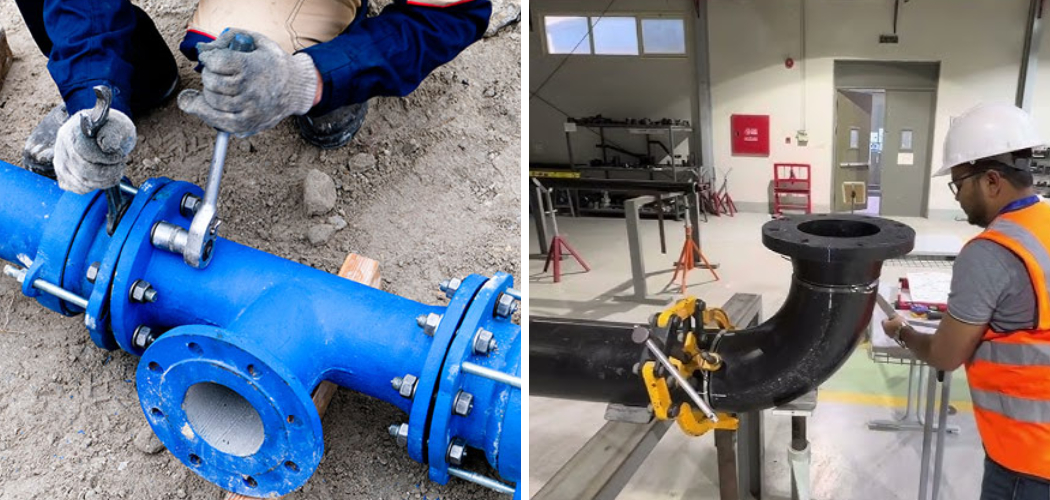Proper alignment of a flange is crucial for ensuring a secure and leak-free pipe connection. Misalignment can lead to operational inefficiencies, damage to the piping system, and potential safety hazards. This guide will provide step-by-step instructions on how to align a flange for proper pipe connection, along with tips to avoid common mistakes and ensure a reliable pipeline installation.
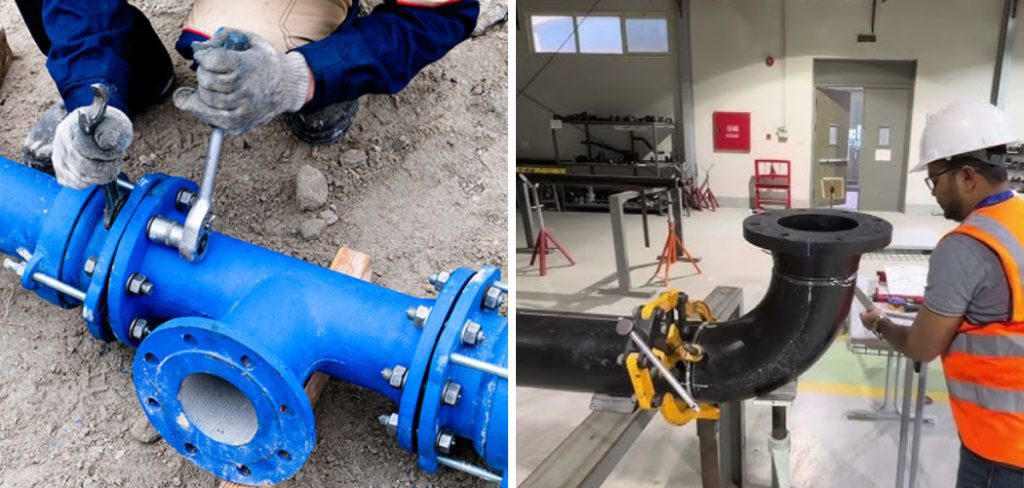
Whether you are a seasoned professional or a newcomer to piping systems, understanding this process is essential for optimal performance.
What is a Flange in Pipe Connections?
A flange is a mechanical component used to connect pipes, valves, pumps, and other equipment within a piping system. It serves as a joining point that allows for easy assembly and disassembly, making maintenance, inspection, and repairs more efficient. Flanges are typically circular in shape and feature bolt holes for secure fastening. They are designed to handle a range of pressures and temperatures, ensuring a tight seal when paired with gaskets.
Commonly made from materials like stainless steel, carbon steel, or cast iron, flanges come in various types, such as weld neck, slip-on, blind, and threaded, each suited for specific applications. Understanding their role in providing structural integrity and leak resistance is critical for safe and effective pipe connections.
Importance of Proper Flange Alignment
Proper flange alignment is essential for maintaining the integrity and efficiency of any piping system. When flanges are not correctly aligned, it can result in uneven stress distribution across the joint, leading to premature wear, leaks, or even catastrophic failures. Misalignment increases the likelihood of gasket damage, which compromises the seal and allows fluid or gas to escape.
Additionally, an improperly aligned flange can create vibration or undue strain on connected components, potentially causing long-term damage to pipework, valves, and equipment. By ensuring proper alignment, you not only extend the life of the pipeline but also promote safety, operational efficiency, and cost-effectiveness in the long run.
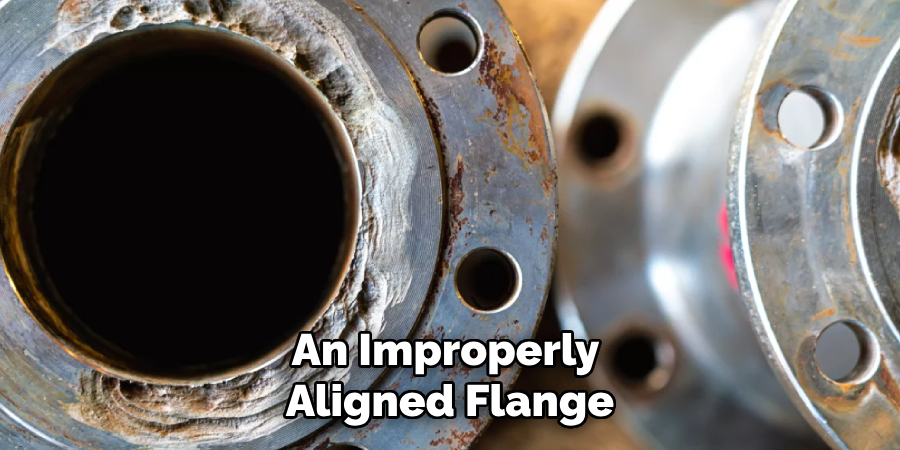
Types of Flanges Commonly Used
Flanges come in a variety of types, each designed to meet specific needs within a piping system. Selecting the appropriate type of flange is key to ensuring compatibility, durability, and performance. Here are some of the most commonly used flange types:
Weld Neck Flange
Weld neck flanges are characterized by a long tapered hub that provides excellent stress distribution, making them ideal for high-pressure and high-temperature applications. They are welded directly to the pipe, ensuring a robust and leak-free connection.
Slip-On Flange
Slip-on flanges are simple to install and slide over the pipe before being welded in place. They are commonly used in lower-pressure applications and are cost-effective, though they are less durable compared to weld neck flanges.
Blind Flange
Blind flanges are used to seal the ends of pipes, valves, or pressure vessel openings, effectively stopping flow. These flanges are ideal for maintenance or inspection situations where temporary or permanent closure is needed.
Threaded Flange
Threaded flanges feature internal threads that allow them to be screwed onto pipes without the need for welding. They are typically used in low-pressure applications and are suited for systems where welding is not feasible.
Socket Weld Flange
Socket weld flanges have a socket into which the pipe is inserted and then fillet welded around the outside. They are commonly used in small-diameter applications requiring high pressure and a strong connection.
Lap Joint Flange
Lap joint flanges are used in conjunction with a stub end fitting. They are ideal for systems requiring frequent disassembly for maintenance or cleaning, as the flange can rotate around the pipe for easy alignment.
Orifice Flange
Orifice flanges are designed specifically for measuring flow rates within a piping system. They include tapped holes for connecting to instrumentation and are often used in conjunction with orifice meters.
10 Methods How to Align a Flange for Proper Pipe Connection
1. Inspect the Flanges and Pipes Before Starting
Before initiating the alignment process, thoroughly inspect the flanges and pipes to ensure they are free from defects, debris, or damage. Even a small burr or uneven surface on the flange can compromise the alignment. Use a clean cloth to wipe away dust and dirt and inspect the flange faces for warping or dents. This preliminary step ensures that the surfaces fit together seamlessly, setting the foundation for a proper connection.
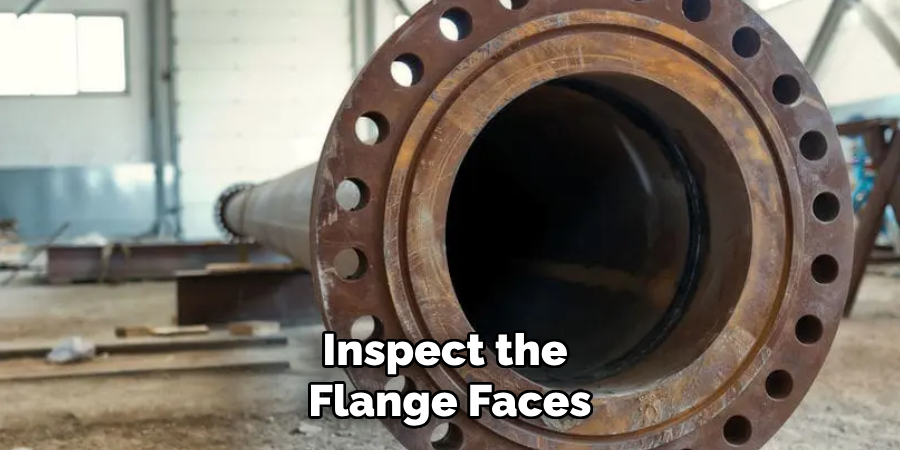
2. Verify Pipe and Flange Specifications
Ensuring the flange and pipe match in size, pressure rating, and material type is crucial for alignment. Using incompatible components can make alignment impossible or lead to operational failures. Double-check the dimensions and specifications listed on the components, and consult engineering diagrams if necessary. Properly matched components reduce alignment challenges and contribute to a secure and lasting connection.
3. Utilize a Flange Alignment Tool
Flange alignment tools are designed specifically for ensuring precision in pipe connections. These tools help to correct axial and angular misalignments without excessive force. Clamp the alignment tool onto the pipe or flange and adjust according to the manufacturer’s instructions until the flanges are perfectly parallel. This method is especially helpful for heavy or large pipes where manual adjustments may not be sufficient.
4. Support the Pipes Adequately
Proper support for the pipes is essential to prevent sagging or movement during the alignment process. Use pipe jacks, stands, or slings to hold the pipes steady and at the correct height. Adjustable supports allow you to fine-tune the position of the pipe and flange for precise alignment. Stable pipes minimize the risk of misalignment caused by unintentional shifts during the connection process.
5. Align Bolt Holes Accurately
Misaligned bolt holes can complicate the flange connection and compromise its integrity. Rotate the flanges carefully to ensure all bolt holes align perfectly. For larger flanges, use a turning tool or wrench to make minor adjustments. Begin inserting bolts loosely through the holes to hold the alignment in place before tightening them gradually and evenly. Accurate bolt-hole alignment is key to achieving a tight seal.
6. Use Tapered Pins for Fine Adjustments
When minor misalignments persist, tapered pins can be invaluable. Insert the tapered pins into opposite bolt holes to force the flanges into alignment. Once the flanges are correctly positioned, secure them with bolts and gradually remove the pins. This method ensures precise alignment without excessive force and is particularly useful in high-precision applications.
7. Employ Hydraulic Flange Spreaders for Tight Spaces
In cases where flanges need to be adjusted in confined or high-tension environments, hydraulic flange spreaders provide the necessary leverage. Place the spreader between the flanges and operate the hydraulic pump to separate and reposition them as needed. This method minimizes strain on the flange faces and reduces the risk of damage while ensuring precise alignment.
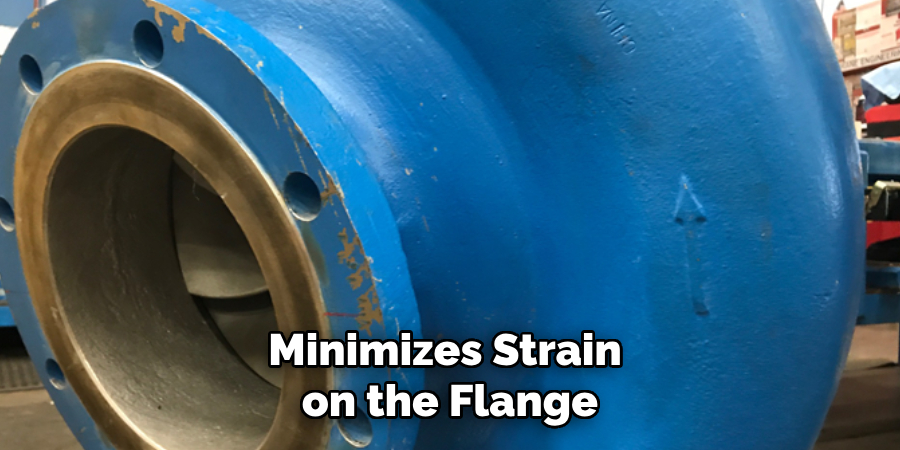
8. Ensure Proper Gasket Placement
The gasket plays a critical role in sealing the connection between flanges, but improper placement can throw off the alignment. Choose a gasket of the correct size and material for the application, and center it carefully on the flange face. Misaligned gaskets can lead to uneven pressure distribution and leaks, so take extra care to position it correctly before tightening the bolts.
9. Tighten Bolts in a Crisscross Pattern
When securing the flanges, tighten the bolts in a crisscross or star pattern to ensure even pressure distribution. Start by hand-tightening all bolts to hold the flanges in place, then use a torque wrench to gradually tighten them in increments. Uneven tightening can cause the flanges to warp or shift, compromising the alignment and the integrity of the connection.
10. Check Alignment with Measuring Tools
After securing the flanges, use measuring tools like a straightedge, laser alignment system, or feeler gauges to verify the alignment. Place the straightedge across the flange faces to check for any gaps or unevenness. For more advanced precision, a laser alignment system can provide real-time feedback on axial and angular alignment. Double-checking with these tools ensures the connection meets industry standards and prevents operational issues.
Maintenance and Upkeep
Proper maintenance and upkeep of flanges and piping systems are critical to ensure long-term performance and reliability. Regular inspections should be scheduled to check for signs of wear, corrosion, or damage on the flange faces, bolts, and gaskets. Corrosion can compromise the integrity of the connection, so applying protective coatings or using corrosion-resistant materials can help extend the lifespan of the components.
Bolts should be rechecked periodically to ensure they remain securely tightened to the correct torque. Over time, vibrations and thermal expansion can cause bolts to loosen, potentially leading to leaks or misalignment. Replace any damaged or worn bolts immediately to maintain the integrity of the connection.
Gaskets should also be inspected and replaced as needed, especially during routine maintenance. A warped or deteriorated gasket can dramatically affect the seal and result in leaks or system inefficiencies. Cleaning the flange faces and using new gaskets during reassembly can prevent these issues.
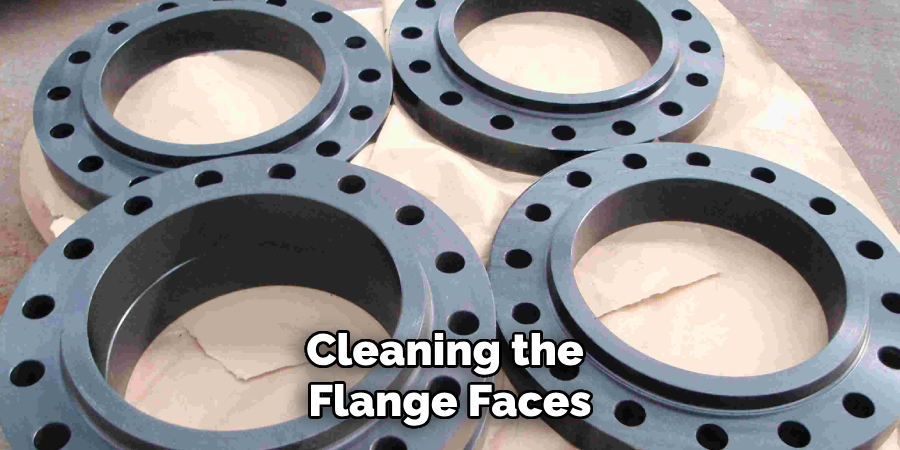
Conclusion
Aligning a flange for proper pipe connection requires meticulous attention to detail and the use of appropriate tools and techniques. From inspecting components and supporting pipes to utilizing alignment tools and tightening bolts in a crisscross pattern, each step plays a critical role in achieving a secure and leak-free connection. Thanks for reading, and we hope this has given you some inspiration on how to align a flange for proper pipe connection!

